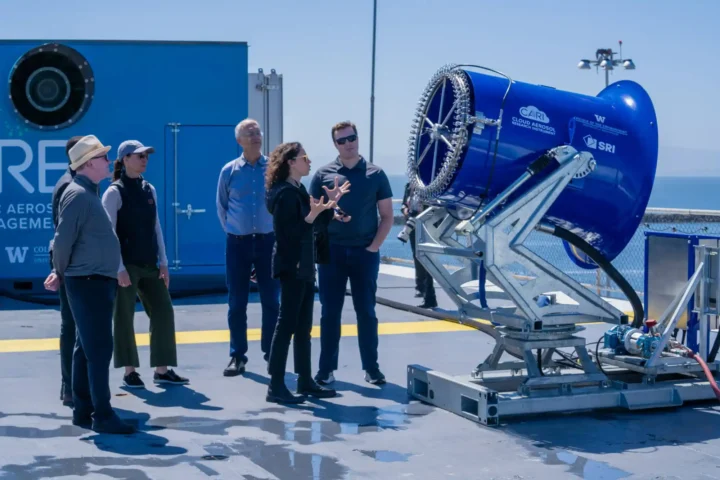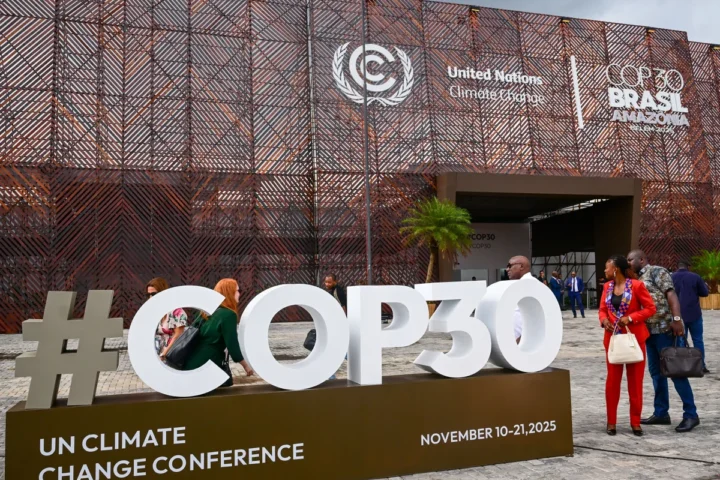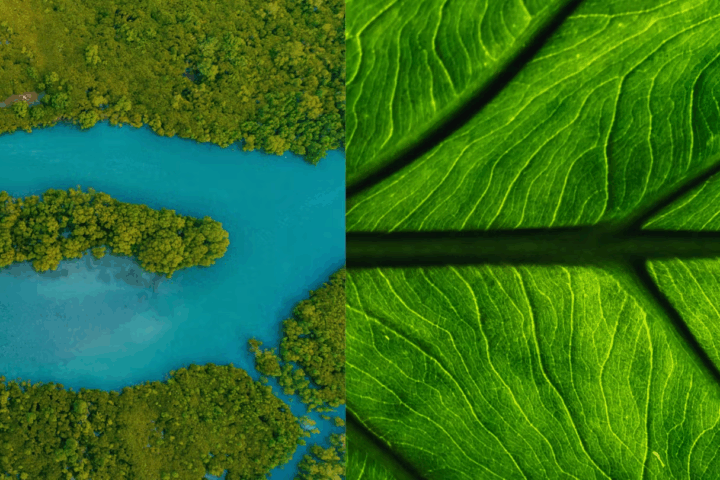The story of the world’s sustainable journey is unfolding like an epic novel, one that spans continents, cultures, and generations, tethered by a sense of urgency and hope. It is a tale where nations are both protagonists and supporting cast, each striving to forge a legacy against the ominous backdrop of climate change.
Winds of Change: Denmark’s Energy Revolution
Once upon a time, Denmark depended almost entirely on imported oil for its energy needs. But the oil crisis of 1973 proved a dramatic plot twist: facing uncertainty, Denmark invested in wind and solar, building what would become the backbone of its transformation. By 2025, nearly 70% of its electricity comes from these clean sources—no longer an island of vulnerability, but one poised to construct the world’s first “energy islands,” vast offshore hubs designed to light up not just Denmark, but much of northern Europe.
This bold move represents more than just energy independence—it’s a signal, a beacon to other nations that innovation and resolve can rewrite a country’s destiny.
The Culture of Reuse: Sweden’s Circular Legacy
Journey northeast and the story takes on the rhythms of daily Swedish life—where recycling isn’t just a government program but a cultural ritual. Here, neighbors swap clothes and appliances at communal “fix-it” hubs while the country quietly achieves a staggering 99% recycling rate. Sweden’s legacy as a recycling pioneer is matched by its leadership on global agreements tackling air pollution—a model of how domestic conviction can shape international standards.
Switzerland’s “Swisstainable” Mosaic
In the valleys and peaks of Switzerland, the narrative weaves hydropower (covering about 62% of electricity use) with a national affection for nature. The “Swisstainable” program offers certification—and pride—for hotels, businesses, and communities that operate in harmony with their landscapes. Strict laws and community action protect mountain lakes, meadows, and the air that defines Swiss quality of life. Their goal is not just a green present but net-zero emissions for the generations that will ski, hike, and wander these alpine trails in the decades to come.
Finland: The Forest’s Storytellers
Across Finland’s great forests, another chapter unfolds. Law mandates the replanting of trees after logging, preserving both the economy and the ecology. With an ambitious pledge to become carbon neutral by 2035, Finland’s strategy extends to everything from wood innovation (20% of exports) to eco-friendly public transit. The Finnish “forest economy” proves that environmental and economic health do not need to be adversaries—they are partners on this journey.
Germany and Austria: Infrastructure for Tomorrow
In Germany, the task is one of scale and public engagement. “Energiewende,” the historic transition to renewables, means over 40% emissions cut since 1990. Passive House design, nationwide investments in e-mobility, and fervent support for public transport testify to a society committed to the ideal that healthy cities and robust economies go hand in hand.
Austria, meanwhile, boasts the highest proportion of organic farmland in Europe (26%). Here, sustainability flourishes not just in high-tech labs but on pastoral fields—organic wine, cheese, and grains supplying local communities and distant markets alike. Laws phasing out fossil heating complete the tapestry of rural and urban ingenuity.
Costa Rica: A Tropical Example
Far to the south, Costa Rica’s narrative is one of redemption. Decades ago, deforestation threatened its biodiversity; today, nearly 60% of the land is rainforest, and 99% of electricity is renewable. By using international incentives—such as emission reduction payments paired with robust national parks—Costa Rica demonstrates how the twin goals of economic well-being and ecological health can reinforce each other, making this small nation a blueprint for larger economies.
New Zealand and Stewardship
On Pacific shores, in Aotearoa New Zealand, environmental stewardship is led by indigenous concepts like “kaitiakitanga”—guardian care of the land and sea. National policy embraces this ethos, setting aside one third of marine areas for protection and involving Māori leaders in key conservation decisions. It’s a reminder that ancient wisdom can powerfully shape modern sustainability.
Portugal’s Water and Sun
Portugal, acutely aware of its own water scarcity, invests in technology as well as tradition. The Alqueva Dam is the largest artificial lake in Western Europe, serving not just agriculture but as a climate buffer. Lisbon’s embrace of electric buses and local produce links urban citizens to their rural neighbors through clean energy and cuisine.
A Glimpse from India
Threaded into this global epic are Indian efforts—sometimes unsung, often remarkable. Just as Denmark bet on energy islands, Indian city rooftops now shimmer with solar panels under national schemes that offer free electricity to lower-income households, seeding a quiet revolution in decentralized renewables. In another corner, organic farming programs in Sikkim have gone farther than most, making it the first fully organic state in the world, echoing Austria’s own agricultural evolution.
Weaving the Future
From the pragmatic reuse culture in Sweden to New Zealand’s indigenous wisdom, and India’s neighbourhood solar push, these stories are not isolated anecdotes—they are chapters in a sprawling saga. Facing more frequent floods, droughts, and migrations, humanity stands at a crossroads, tested not only by the scale of environmental threats but by the strength of global imagination and cooperation.
Each nation, each city, each village adds a thread. Policies—and even politics—are only part of the tapestry. The arc of the story depends not just on national budgets and laws, but on bicycles in Copenhagen, indigenous fishers in Wellington, schoolchildren planting trees in Bangalore, and innovative start-ups from Zurich to Pune.
A Shared Future
As the world pens the next chapters, the question is no longer whether sustainability initiatives are necessary, but how soon, how boldly, and with how much collective spirit they will be realized. The time is no longer tomorrow—the narrative demands action now, ensuring future generations look back on this era as the one when courage, creativity, and connection changed the world’s course forever.











